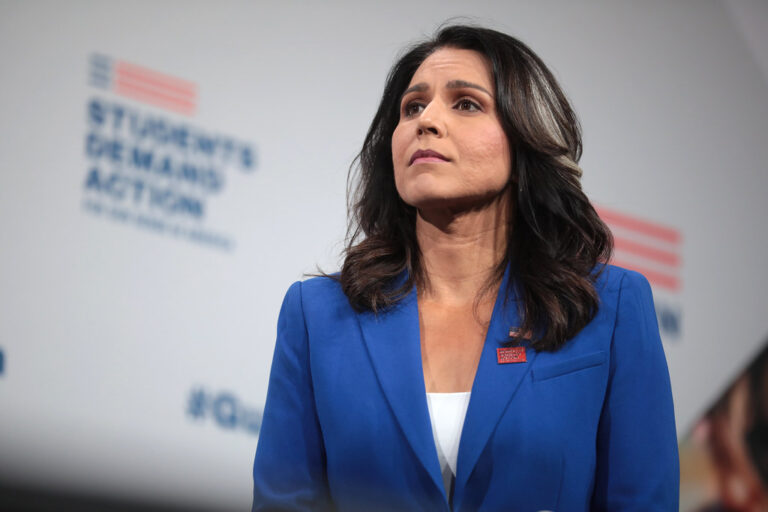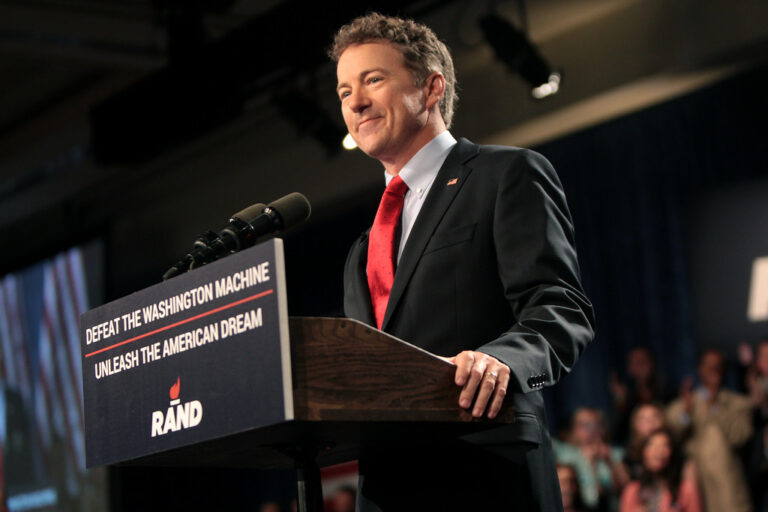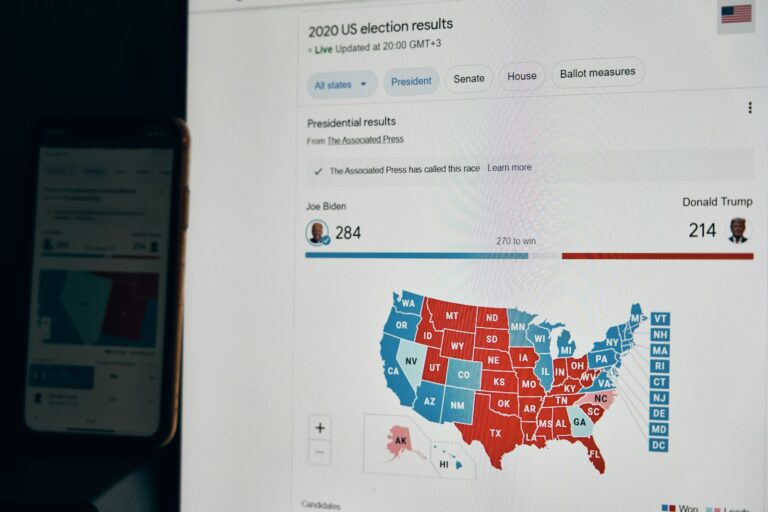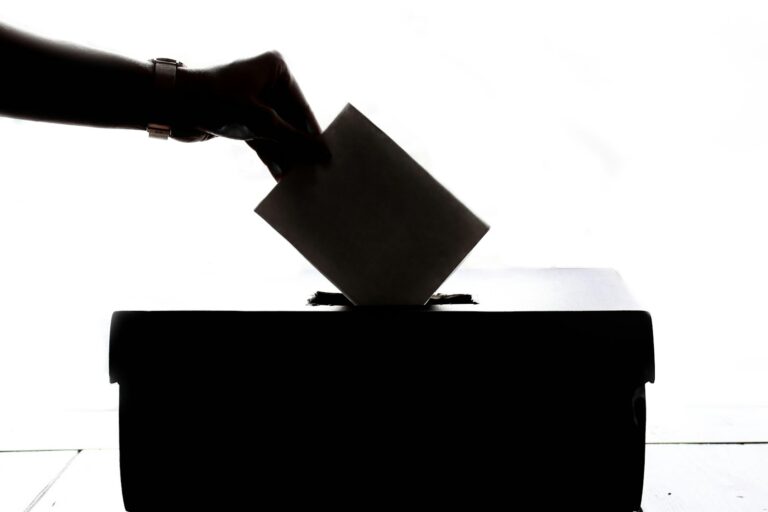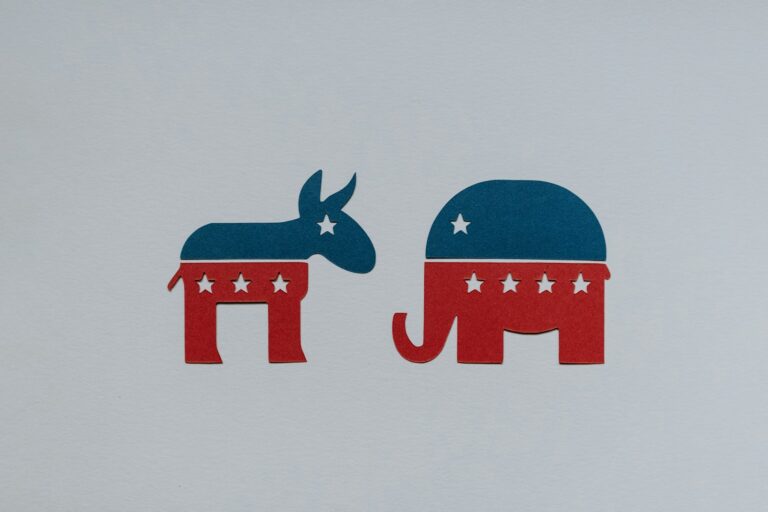Key Takeaways
– Steve Bannon doubts JD Vance can lead a 2028 campaign
– Bannon has sounded out advisers about launching his own bid
– He rose to fame as a strategist in a past presidential race
– Bannon has clashed with tech leaders and parts of his party
Steve Bannon Questions Vance’s Strength
Recently a top Republican figure voiced doubts about the main 2028 contender. He said that while he likes the vice president, he does not see him as strong enough. As a result, he has begun talking to close allies about starting his own campaign. He believes the party needs a tougher voice to challenge the opposing party.
Bannon’s Background in Politics
He first became well known during a leading presidential campaign. He helped craft messages and rallied supporters. After an initial stint in the White House, he moved on to host his own political commentary show. Over time, he has built a base among far right and populist voters. He often calls for major reductions in government power.
Breaking With Former Allies
Although he remains supportive of his former running mate, he has not held back on criticism. At times he publicly disagreed with decisions made in the administration. He once labeled a major tech innovator as a threat to the country. He even urged for that person to leave the nation. Moreover, he led calls to release certain legal documents tied to a high profile legal case. That battle strained ties within his own party.
Signs of a 2028 Campaign
Due to his doubts about the current front runner, he sees an opening for himself. He has tapped key advisers to test the waters. He asked them if they think he could secure the nomination. He also inquired about fundraising options and staffing needs. These conversations are still in early stages. Yet they signal his desire to be in the race.
Why Vance May Fall Short
In private talks, Bannon described the vice president as too mild. He argued that Vance lacks the grit needed for a bruising national contest. He feels the next candidate must attack entrenched institutions and push bold policy changes. In his view, the party base has grown hungrier for an aggressive agenda. That is why he sees himself as a stronger fit.
The Role of Populism in 2028
Bannon believes that populist messages still resonate with many voters. He plans to highlight issues such as reducing regulations and shrinking the federal bureaucracy. He also wants to focus on trade policies and immigration controls. He sees these topics as magnets for frustrated voters. Therefore, he aims to shape his campaign around them.
Potential Challenges Ahead
Launching a presidential bid carries major hurdles. He must raise tens of millions of dollars. He also needs to build a robust campaign team across multiple states. Moreover, he will face grilling from national media and potential rivals. If the current front runner grows stronger, Bannon may struggle to gain traction. Still, he feels the risks are worth the shot.
Impact on the Republican Field
His entry, if confirmed, would shake up the race. It could split support among voters seeking a more aggressive tone. Meanwhile, traditional party members might rally around the vice president. This divide could lead to heated debates at early state contests. Ultimately, it may push all candidates to adopt tougher stances.
What Voters Should Watch
As the race heats up, voters will eye early polling numbers. They will also watch fundraising totals. Key endorsements from party figures could tilt the field. Media coverage will likely focus on how each candidate handles debates and interviews. Moreover, grassroots enthusiasm on social media will shape public perception.
Looking Ahead
Over the next months, advisers will report back on Bannon’s prospects. If they give a thumbs up, he could make a formal announcement. Otherwise, he may step aside and support another contender. Either way, his doubts about the front runner will spark discussions on campaign strength. With the clock moving toward 2028, the party faces a major choice.
Conclusion
Steve Bannon’s private doubts about the vice president have set off whispers of his own run for the White House. He draws on his experience as a strategist and commentator to craft a possible campaign. While challenges lie ahead, his move could reshape the Republican primary. As the contest unfolds, voters and party insiders alike will follow every step with keen interest.




